By Alana Rogers
MSNHA graduate assistant
Although you may not recognize his name, George Washington Goethals ranks was one of the most instrumental people who contributed to making the Shoals area what it is today.
Born in New York City on June 29, 1858 (his parents had immigrated there from Belgium), Goethals worked hard to put himself through school. He studied for three years at the College of the City of New York, leaving before graduating to attend the United States Military Academy in 1876. He excelled and graduated second in his class at West Point in 1880. The discipline and values he learned there instilled a sense of duty to public service that lasted through his lifetime. After he graduated from West Point, the army commissioned Goethals a second lieutenant in the Corps of Engineers. He supervised construction work on dams, bridges and locks along the Ohio and Columbia Rivers. He continued to work as an engineer along the rivers until 1885 when he returned to West Point to teach civil and military engineering. His teaching tenure lasted until 1889 when Goethals returned to the field again. It was during this time that Goethals made his impact on the Shoals. [i]
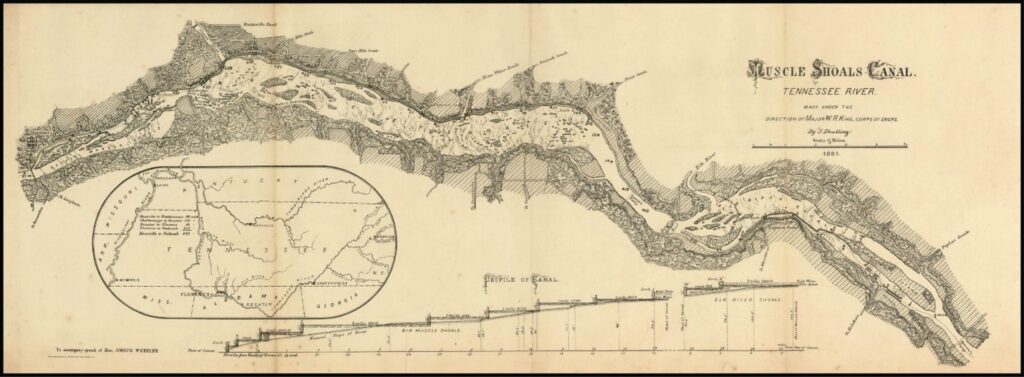
Although northwest Alabama depended on the Tennessee River for its livelihood, navigating its waters was a tremendous task. The river’s current was swift, the water levels varied up & down its length and the shallow & craggy Muscle Shoals prevented river traffic from passing most of the year. The solution was to build a canal. There were two attempts to construct the Muscle Shoals Canal. The first attempt spanned from 1836-1838, with surveying and mapping beginning in 1830.
The Tennessee River comprised two regions: the upper and lower regions. A vertical fall in the river extended over 80 miles of its length and fell in some parts to 200 feet. The area between Florence and Brown’s Ferry was the worst part of the fall line. To finance the canal project, the United States government ceded 400,000 acres of land to the state of Alabama. The state was to sell the land and use the money from the sale to finance what was at the time called the Tennessee Canal (later called the Muscle Shoals Canal). But after selling the land, there was still a financial deficit that left the state unable to finish the canal. Plans changed to shorten the project to only stretch from Florence to Lamb’s Ferry, just south of Rogersville.
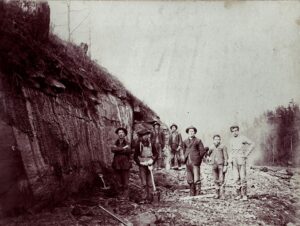
This project started in 1831 and ended in 1836. It cost $644,594. Upon completion, the canal extended 14.5 miles and was 60 feet wide and 6 feet deep. There were 17 locks along the 14.5-mile-long canal that could lift as high as 5 feet. But maintenance was expensive. The state of Alabama requested help from the federal government but could not secure more funding. Eventually, this led to the abandonment of the canal in 1838. It would not be until 1871 that new planning for a second attempt began.
The United States Army Corps of Engineers got involved, and construction began in 1875. The U.S. government directly supervised the project this time. To improve the existing canal, engineers widened it and reduced the 17 locks to nine. Of those nine, three were new, constructed at other sites. Those three sites included the Colbert Shoals, south of Florence and the mouth of Elk River. Lock Nine would be the future site of what is now Wilson Dam. Workers built an aqueduct at the mouth of Shoals Creek to keep water from flooding the canal during construction. The extensive work required a railroad track that ran alongside the canal. It used locomotives to tow boats through among other tasks related to moving equipment and materials.
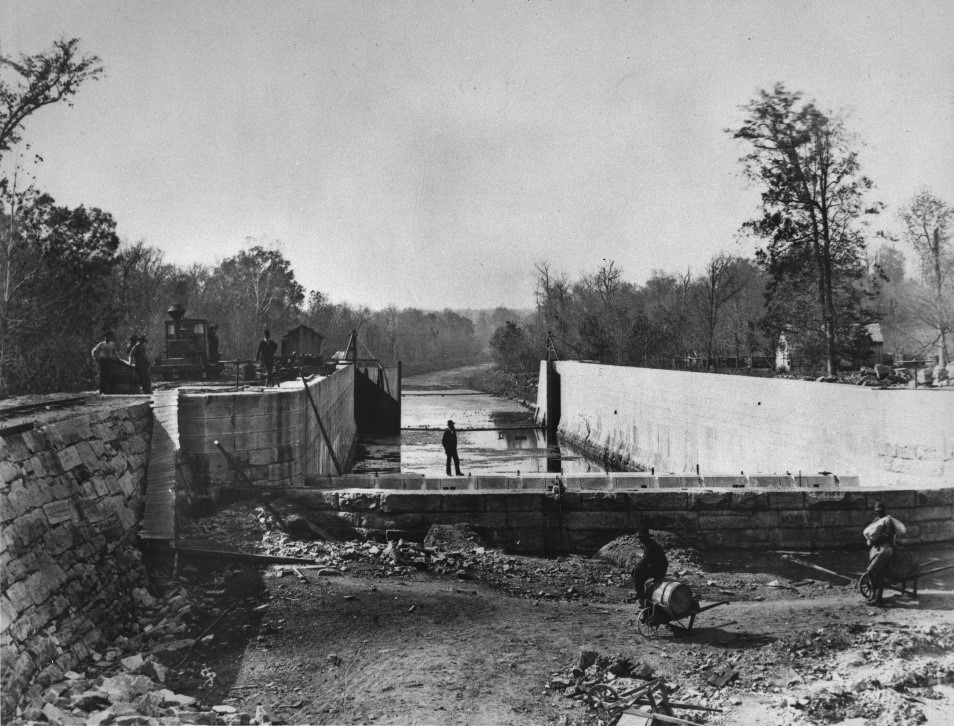
To hasten completion of this second canal-building attempt, the U.S. Corp of Engineers secured Lt. Goethals to oversee the project. He used Lock Six in Killen as his headquarters and under his oversight, the canal opened on Nov. 10, 1890. The army promoted Goethals to captain due to this success. His command encompassed the Engineering District at Florence; he oversaw all Tennessee River projects or improvements between Decatur & Waterloo starting in October 1894. During Wilson Dam’s construction in April, 1918, the Muscle Shoals Canal proved invaluable for transporting resources. During the 27 years of the second canal’s operation, it ran smoothly and contributed to business & industry in the Shoals. [ii]
Now a lieutenant colonel, Goethals became a national figure in 1907 when Pres. Theodore Roosevelt appointed him chief engineer for the Panama Canal project. Goethals’ dedication and the respect he earned from his team made him an excellent leader. Under his supervision, the crew completed the Panama Canal in 1914, two years ahead of the estimated 1916 deadline. His work on the canal cemented Goethals as a hero and earned him a congressional promotion to major general. He retired temporarily in late 1916 until the army recalled him to active duty in 1917. Upon his return to active duty, he became general manager
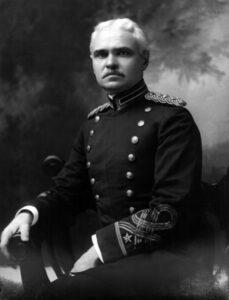
of the United States Shipping Board Emergency Fleet Corporation. Eventually he ended up with the title of assistant chief of staff in charge of supplies. In this role, he helped to reform the army’s supply system. His success in implementing modern record-keeping and inventory practices preceded a second retirement in 1919.
Goethals finally returned to his hometown of New York, where he worked as a consulting engineer on the Holland Tunnel project, the development of the inner harbor of New Orleans and the Columbia Basin irrigation project. [iii] He died on Jan. 21, 1928. His legacy was one of national and international importance. [iv] For the people of the Shoals, he allowed nearby communities to use the Tennessee River to its full potential. So the next time you drive over O’Neal Bridge, enjoy a day at the marina or explore many of the adventures offered on the Tennessee River, remember George Washington Goethals — a man who embodied the American spirit.
[i] https://www.asce.org/about-civil-engineering/history-and-heritage/notable-civil-engineers/george-washington-goethals
[ii] https://www.hmdb.org/m.asp?m=125572
[iii] https://www.asce.org/about-civil-engineering/history-and-heritage/notable-civil-engineers/george-washington-goethals
[iv] https://www.britannica.com/biography/George-Washington-Goethals
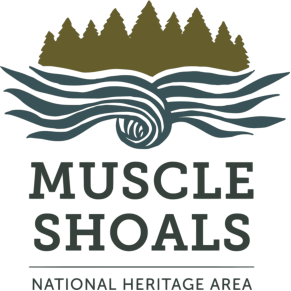
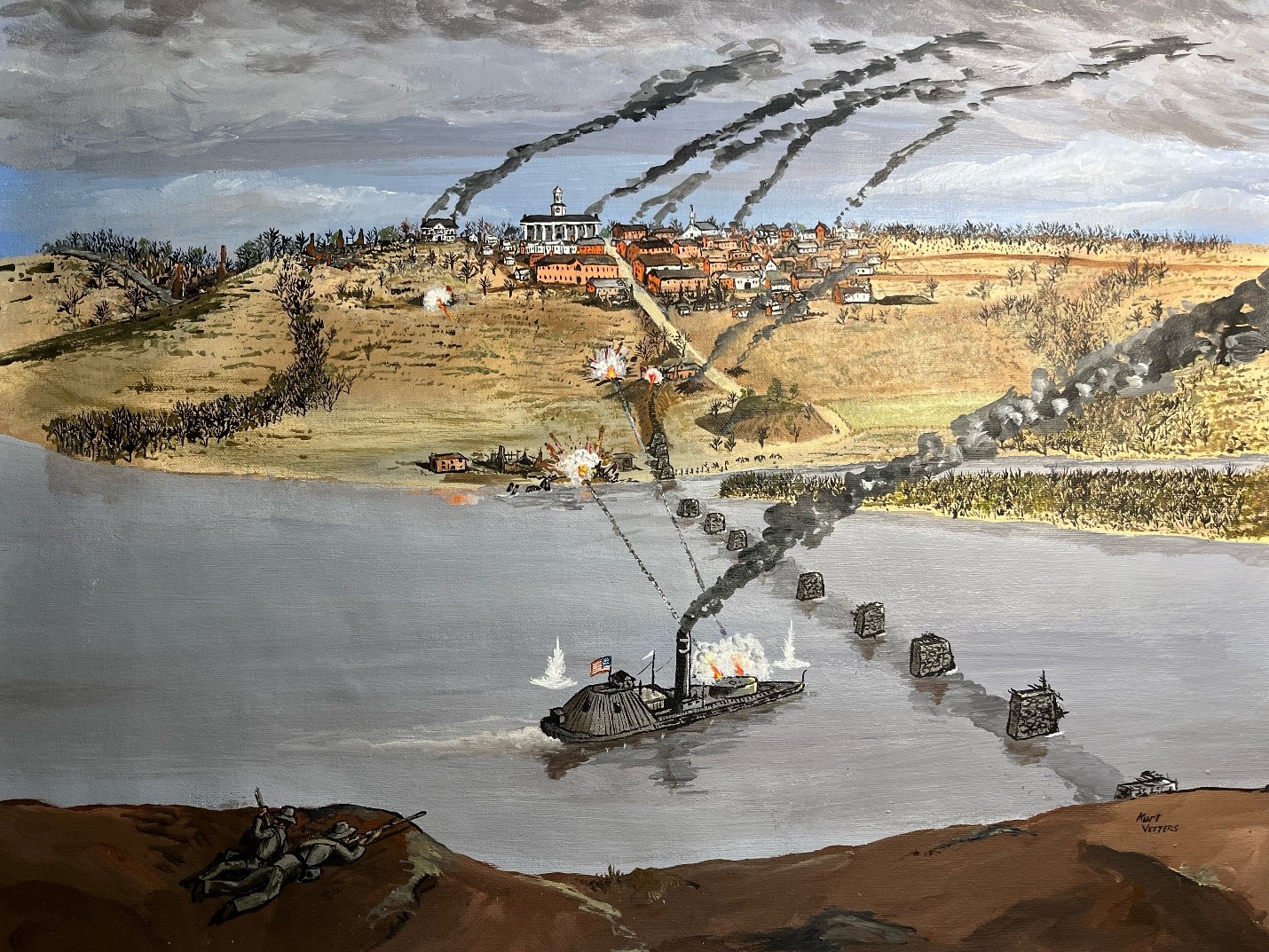
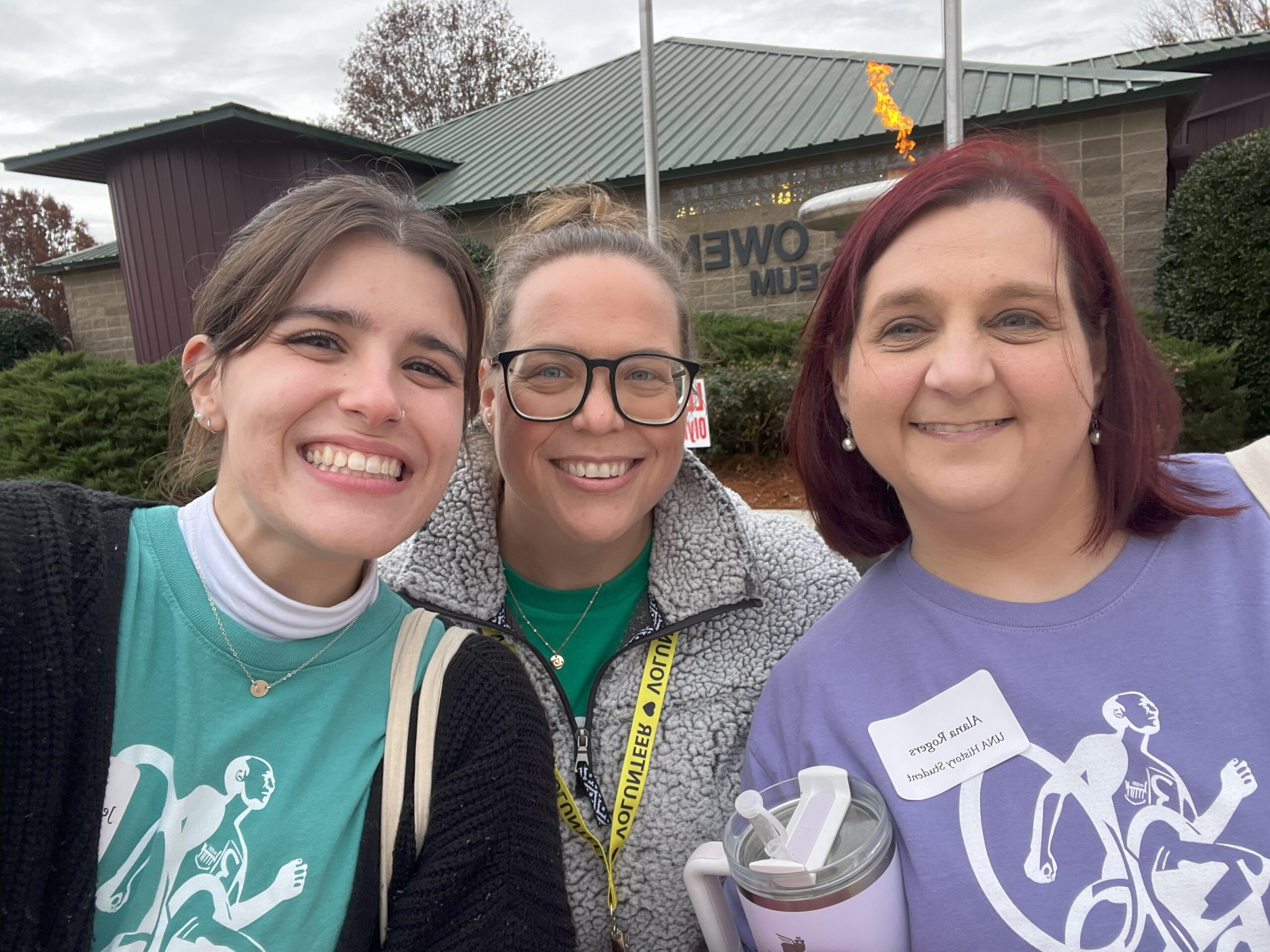
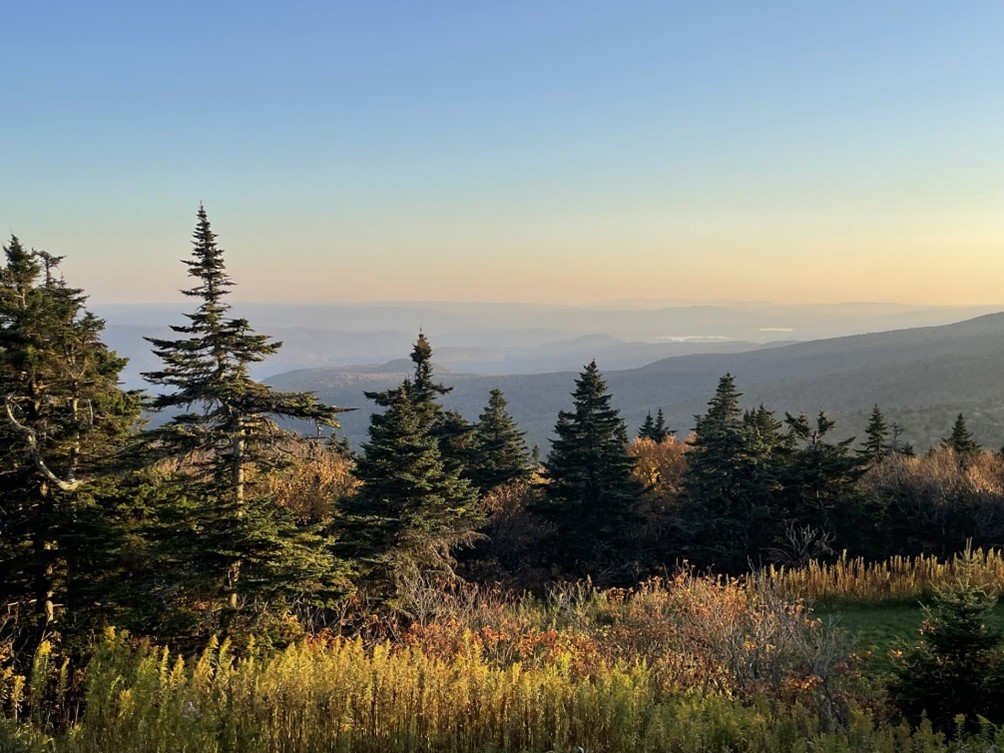

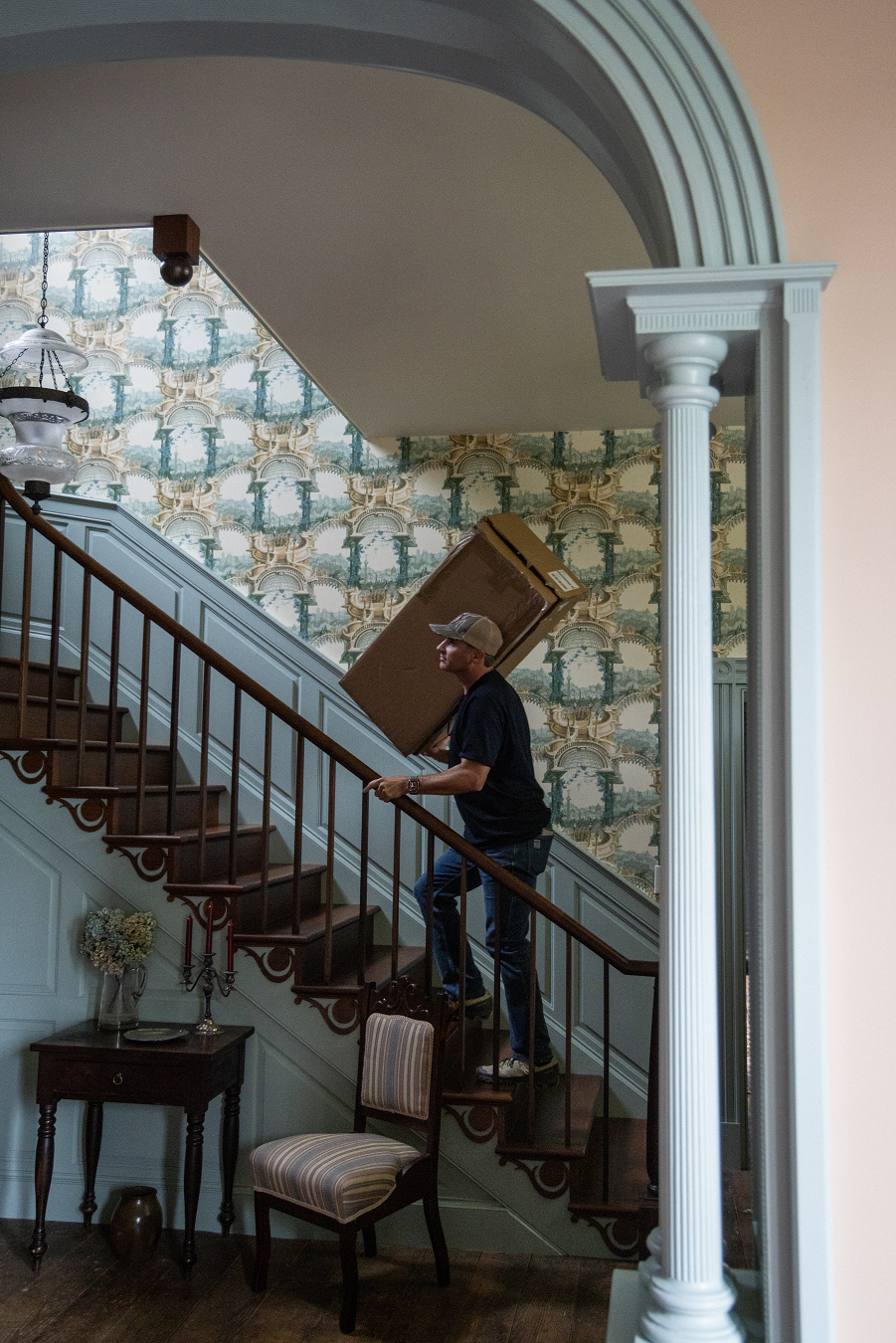
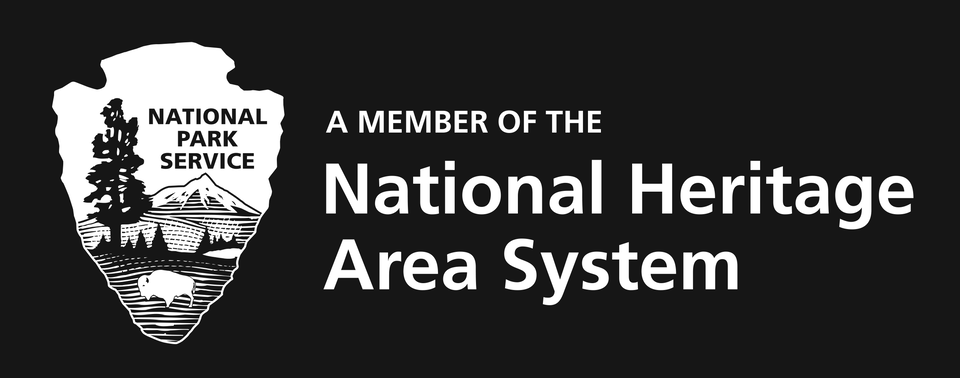
2 Responses
Goethals was a highly educated and very intelligent individual.
We should rename Wilson Dam after this truly remarkable man who contributed much to our area.